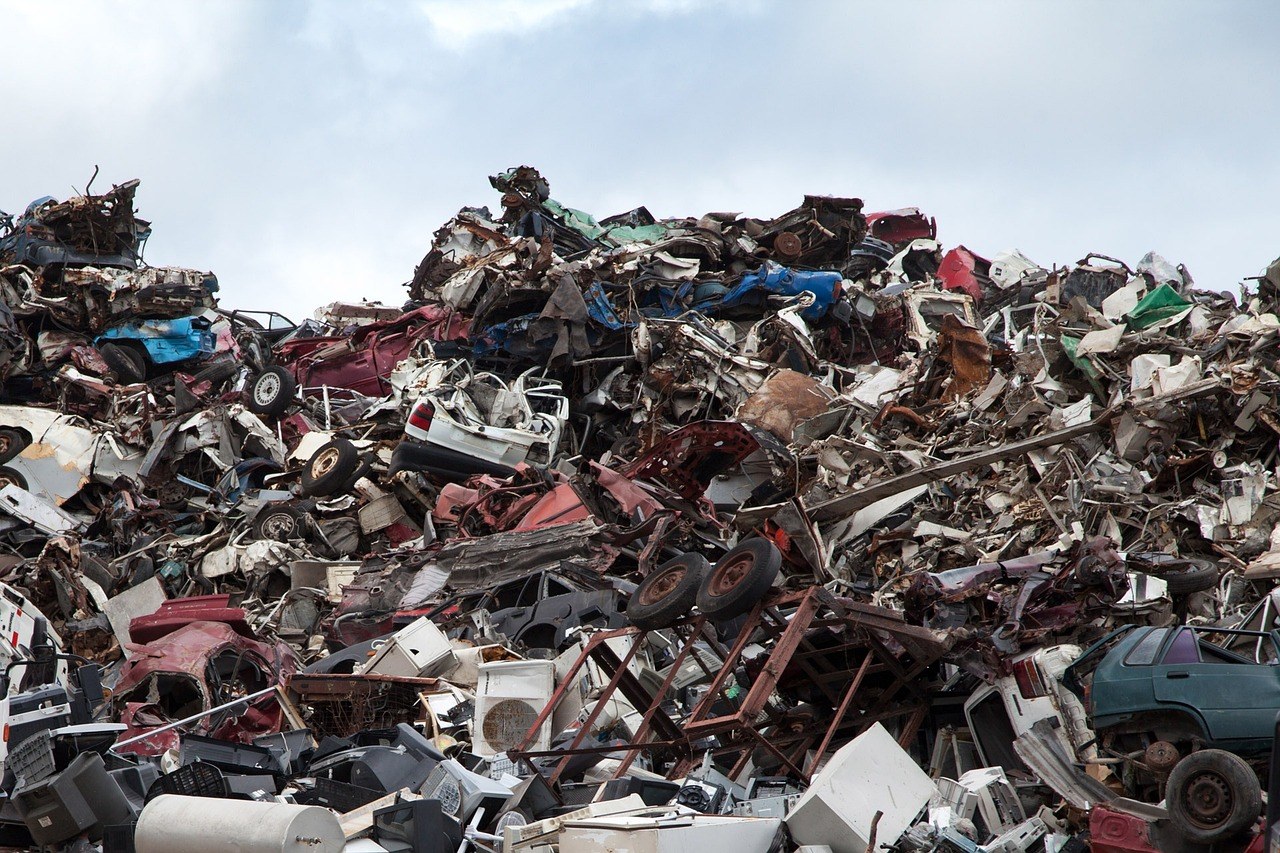How does industrial operational waste harm the environment?

The Impaakt Team
8 min Read Time | March 21st 2023
Key Takeaways


With the right investment companies having a positive impact on the planet are able to flourish. Our community forms part of that mission by measuring their impact.